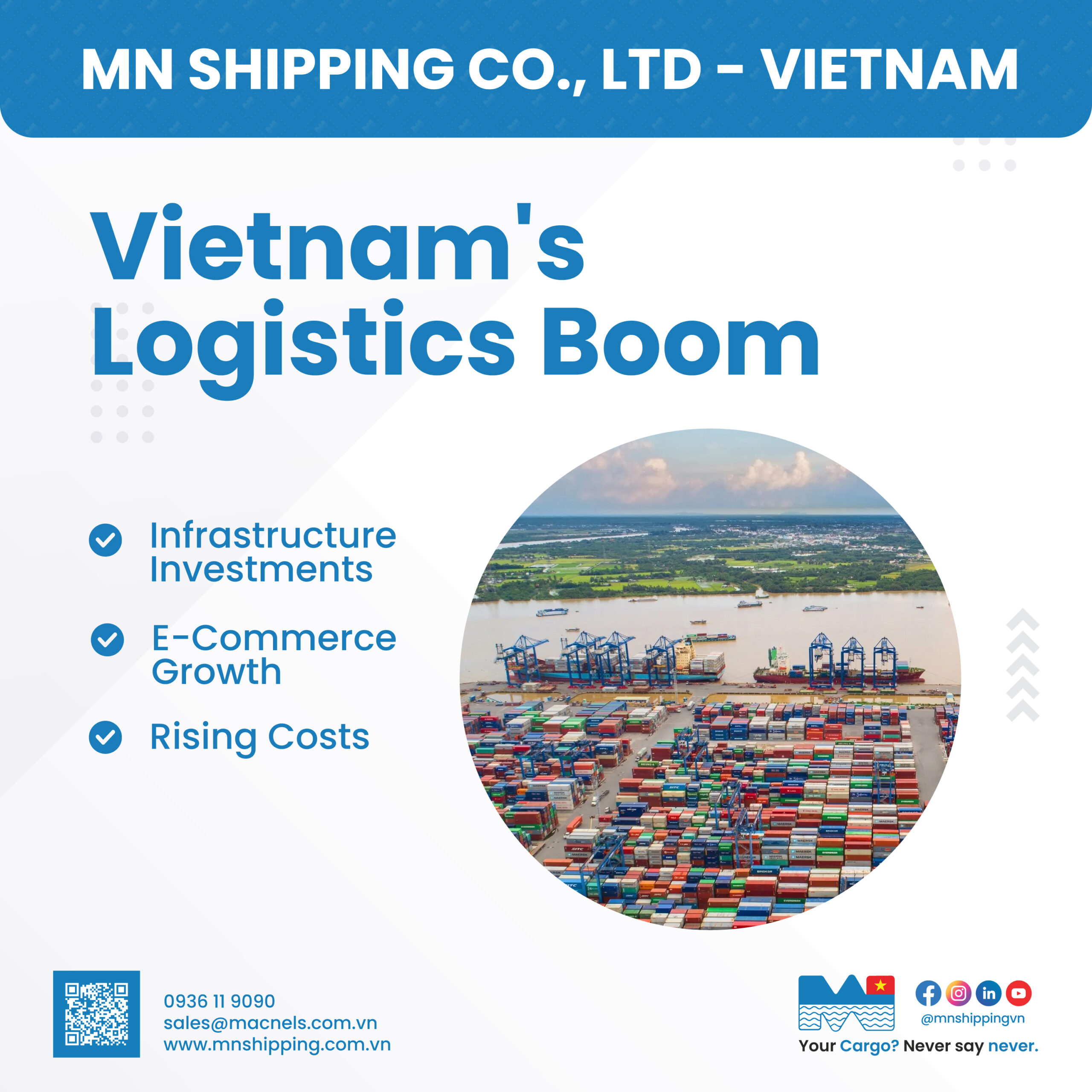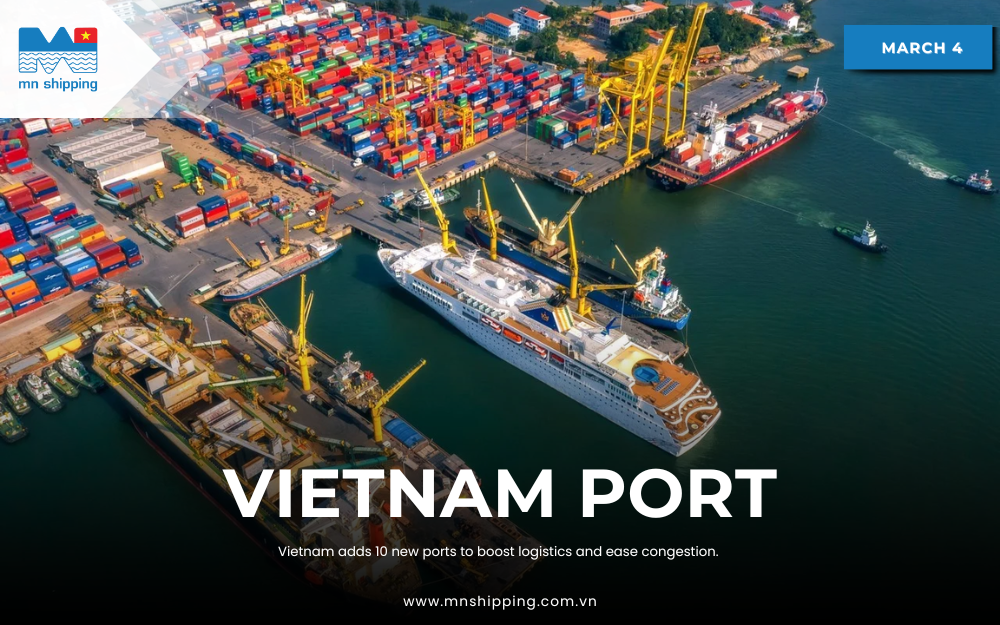Vietnam’s New Logistics Infrastructure Projects
The Vietnamese government has outlined several infrastructure projects aimed at improving the country’s logistics capabilities. Key projects include:
Long Thanh International Airport: Expected to be one of the largest airports in Southeast Asia, this airport will significantly improve the logistics capacity for air cargo, supporting both local and regional trade.
Cai Mep Port Expansion: Located in Ba Ria-Vung Tau province, Cai Mep is being expanded to accommodate larger vessels, reducing congestion at Ho Chi Minh City’s Tan Son Nhat Airport and improving export handling.
Highway Network Expansion: Vietnam is increasing its highway network to improve road connectivity between key cities and ports, boosting the efficiency of overland logistics.
These projects aim to boost Vietnam’s competitiveness as a logistics hub and improve its positioning in global trade routes.
Asia’s Logistics Industry Facing Rising Costs
Across Asia, logistics companies are facing increasing operational costs, driven by higher fuel prices, rising labor costs, and inflationary pressures. This has prompted many companies to adopt cost-cutting strategies like:
Outsourcing and automation: Automating warehouses and implementing AI for route optimization are becoming more common to save costs.
Consolidation: Smaller logistics companies are merging with larger players to stay competitive and share operational costs.
This trend is expected to continue into 2024, with companies adapting by improving supply chain efficiency and diversifying services.
Vietnam’s E-commerce Growth Driving Last-Mile Delivery Innovations
Vietnam’s e-commerce sector is expanding rapidly, with companies like Shopee, Tiki, and Lazada leading the charge. As a result, logistics companies are focusing heavily on improving last-mile delivery to meet consumer demand for faster and more reliable deliveries. Some innovations include:
Shared Delivery Networks: Some companies are forming partnerships to share delivery infrastructure and reduce the cost of reaching remote areas.
Micro-Fulfillment Centers: Smaller, localized fulfillment centers are being set up to speed up delivery times and reduce costs.
This growing focus on last-mile solutions is expected to reshape the logistics landscape in Vietnam in the coming years.

Regional Supply Chain Shifts Due to Trade and Geopolitical Factors
Asia’s logistics sector is being affected by ongoing global trade disruptions, particularly the shifting of supply chains out of China due to rising labor costs and geopolitical tensions. Countries like Vietnam, India, and Indonesia are seeing a rise in demand for their logistics services, as companies look to diversify supply chains.
In Vietnam, the Vietnamese government is actively supporting efforts to strengthen logistics infrastructure and attract foreign investment in logistics and manufacturing sectors. This is expected to position the country as a key regional hub, particularly for electronics and textile industries.
Technological Innovations in Asian Logistics
Technology is rapidly transforming the logistics sector across Asia. Key innovations include:
Blockchain for transparent and secure supply chains, particularly in cross-border trade.
5G Networks improving real-time data processing and enhancing IoT capabilities in logistics.
Robotic Process Automation (RPA) and Autonomous Vehicles for delivery, particularly in last-mile logistics.
These technologies are being adopted by logistics providers to increase efficiency, reduce costs, and meet the increasing demands of the e-commerce and manufacturing sectors.
Source: Internet







